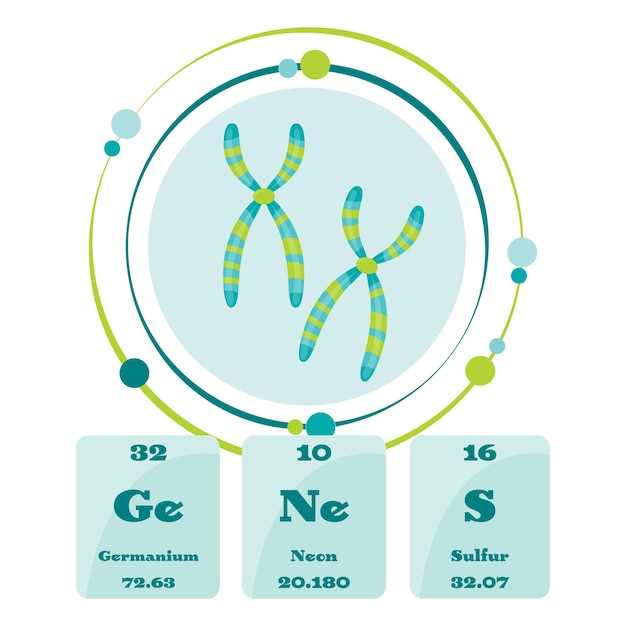
Discover the difference between quinapril and lisinopril.
Are you wondering if quinapril and lisinopril are the same medication for treating high blood pressure? Look no further, as we’ve got all the information you need.
Quinapril and lisinopril are both angiotensin-converting enzyme (ACE) inhibitors that are commonly prescribed to manage hypertension. While they belong to the same class of medications, there are some key differences between the two.
Lisinopril:
Lisinopril is a popular brand name for the ACE inhibitor medication that is known to be effective in treating high blood pressure. It works by relaxing blood vessels, which allows for smoother blood flow and reduces the risk of heart-related complications.
Quinapril:
Quinapril is another ACE inhibitor that is commonly prescribed for hypertension management. It works similarly to lisinopril by relaxing blood vessels and improving blood flow.
While both medications are effective in lowering blood pressure, they may have different side effects and considerations. It is important to consult with your healthcare provider to determine which medication is the best fit for your specific needs.
Conclusion:
In summary, while quinapril and lisinopril are both ACE inhibitors used for managing hypertension, they may have slight variations in effectiveness and side effects. It is crucial to speak with your doctor to determine the most suitable medication for you.
Don’t hesitate to reach out to us if you have any further questions or concerns. Our knowledgeable team is here to assist you!
Comparison between Quinapril and Lisinopril
When comparing Quinapril and Lisinopril, it is important to understand the differences in their composition. Both medications belong to the class of drugs known as ACE inhibitors, but they have some variations in their chemical structures.
Quinapril Composition
Quinapril is an ACE inhibitor that contains the active ingredient quinapril hydrochloride. It is available as a tablet formulation and is usually taken once or twice daily. The tablet may contain other inactive ingredients such as lactose monohydrate, microcrystalline cellulose, crospovidone, and magnesium stearate.
Lisinopril Composition
Lisinopril, on the other hand, contains the active ingredient lisinopril dihydrate. It is also available in tablet form and is typically taken once daily. The tablet may contain other inactive ingredients such as calcium phosphate, magnesium stearate, and mannitol.
The slight differences in composition between Quinapril and Lisinopril might result in variations in the way the medications are absorbed and metabolized by the body.
It is important to note that the composition of both drugs allows for their effectiveness in treating conditions such as high blood pressure and heart failure. However, the variations in composition might lead to differences in side effects or drug interactions, which is why it is important to consult with a healthcare professional before starting any medication.
Differences in Composition

Quinapril and lisinopril belong to the same class of drugs called angiotensin-converting enzyme (ACE) inhibitors. However, there are some differences in their composition:
| Quinapril | Lisinopril | |
|---|---|---|
| Active Ingredient | Quinapril hydrochloride | Lisinopril dihydrate |
| Inactive Ingredients | Mannitol, corn starch, magnesium stearate, and others | Mannitol, calcium hydrogen phosphate dihydrate, magnesium stearate, and others |
| Color | Yellow | White |
| Shape | Oval | Round |
These differences in composition may not have any significant impact on the effectiveness or safety of the medications. However, some individuals may have allergies or sensitivities to certain inactive ingredients.
Always consult with your healthcare provider or pharmacist if you have any concerns about the composition of your medication or if you experience any adverse reactions.
Mechanism of Action
The mechanism of action refers to how a medication works in the body to produce its therapeutic effects. Both quinapril and lisinopril belong to a class of medications called ACE inhibitors. ACE inhibitors work by inhibiting the action of an enzyme called angiotensin-converting enzyme (ACE) in the body.
When ACE is inhibited, it prevents the conversion of angiotensin I to angiotensin II. Angiotensin II is a hormone that causes blood vessels to constrict, leading to increased blood pressure. By inhibiting the production of angiotensin II, ACE inhibitors help to relax and widen the blood vessels, which lowers blood pressure and improves blood flow to the heart.
Furthermore, ACE inhibitors also decrease the release of another hormone called aldosterone. Aldosterone causes the kidneys to retain salt and water, which can also contribute to increased blood pressure. By reducing aldosterone levels, ACE inhibitors help to promote diuresis (increased urine production) and decrease fluid retention, which further contributes to their antihypertensive effects.
It is important to note that while quinapril and lisinopril both belong to the same class of medications and work in a similar way, they may have slight differences in their specific mechanisms of action. These differences can lead to variations in their efficacy, onset of action, and duration of action.
Mechanism of Action
In this section, we will explore the mechanism of action behind both quinapril and lisinopril, shedding light on how they function in the body to treat various conditions.
Quinapril

Quinapril belongs to a class of drugs known as ACE inhibitors. ACE inhibitors work by blocking the action of an enzyme called angiotensin-converting enzyme (ACE) in the body. By doing so, quinapril helps to relax and widen blood vessels, allowing for improved blood flow and reduced blood pressure. This mechanism of action also helps to reduce the workload on the heart and can be beneficial for patients with congestive heart failure.
Lisinopril
Similar to quinapril, lisinopril is also an ACE inhibitor and blocks the action of ACE in the body. By inhibiting ACE, lisinopril promotes the relaxation and widening of blood vessels, which in turn reduces blood pressure and improves blood flow. This mechanism of action is particularly beneficial for patients with hypertension and heart failure, as it helps to alleviate the strain on the cardiovascular system.
| Quinapril | Lisinopril |
|---|---|
| Blocks the action of ACE | Blocks the action of ACE |
| Relaxes and widens blood vessels | Relaxes and widens blood vessels |
| Improves blood flow | Improves blood flow |
| Reduces blood pressure | Reduces blood pressure |
| Reduces workload on the heart | Reduces strain on the cardiovascular system |
Understanding the mechanism of action behind both quinapril and lisinopril helps to provide a comprehensive overview of how these medications work in the body. This knowledge can empower patients to make informed decisions about their healthcare and improve their overall treatment outcomes.
Side Effects and Safety
When considering any medication, it is important to understand the potential side effects and safety considerations. Both quinapril and lisinopril are generally well-tolerated, but there are some differences to be aware of.
Common side effects
Common side effects of both quinapril and lisinopril may include dizziness, headache, cough, and fatigue. These side effects are generally mild and go away on their own.
Less common side effects
In rare cases, both medications can cause more serious side effects. It is important to seek immediate medical attention if you experience any of the following:
- Swelling of the face, lips, tongue, or throat
- Difficulty breathing or swallowing
- Rapid heartbeat or chest pain
- Unusual bleeding or bruising
- Yellowing of the skin or eyes (jaundice)
These symptoms may indicate an allergic reaction or other serious condition that requires medical intervention.
Safety considerations
Before taking quinapril or lisinopril, it is important to inform your healthcare provider about any medical conditions you have, especially:
- Kidney disease
- Liver disease
- Heart disease
- Diabetes
- High potassium levels
Your doctor will also need to know about any other medications you are taking, as they may interact with quinapril or lisinopril. It is important to follow your doctor’s instructions and take the medication exactly as prescribed.
If you experience any side effects or have concerns about the safety of quinapril or lisinopril, it is important to speak with your healthcare provider. They can provide more information and help determine if these medications are right for you.
